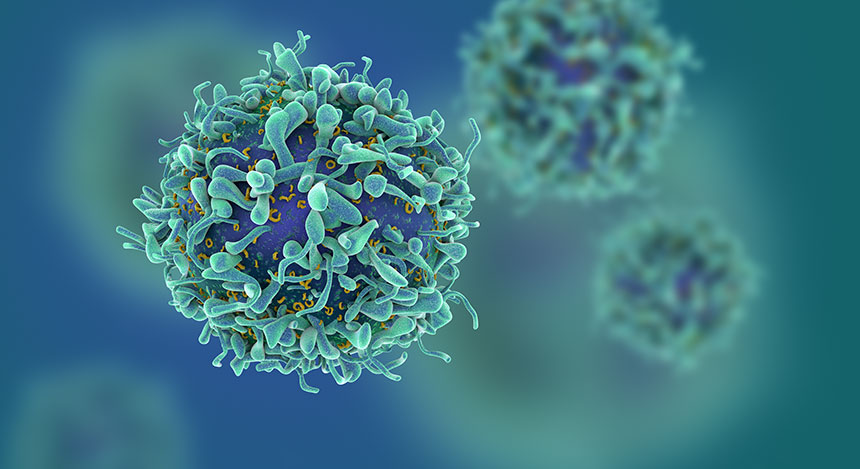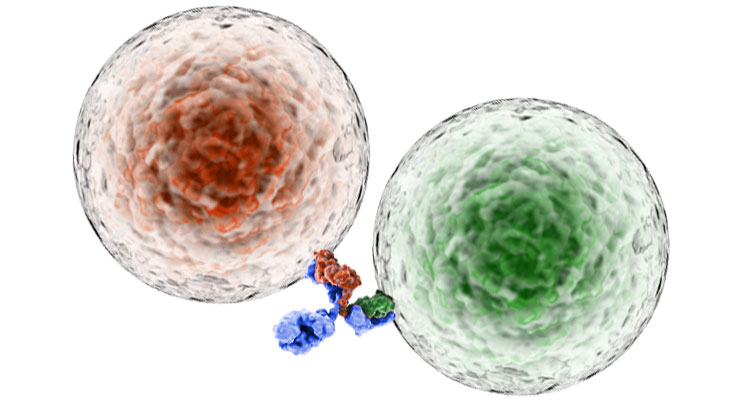T’ing it Up for Bi-Specific Antibodies…(Part 2)
In our previous blog, we discussed the two-predominant types of T cells, and some in vitro assays these cells are employed in to test the function and specificity of bi-specific antibodies. In this blog, we discuss the in vivo assays that test the efficacy of these antibodies and tie it all together by reviewing some data generated with these assays. What are some T cell-based in vivo assays used to examine bi-specific antibody efficacy? Most preclinical in vivo experiments that examine the efficacy of bi-specific antibodies are performed using immuno-deficient mice, such as the NOD scid gamma (NSG) mice. These mice [...]


